

PlagiarismCheckerX is a powerful tool designed to detect plagiarism in documents. With its advanced algorithm, it checks for any copied content and identifies the source of the original material. This software is an essential tool for writers, educators, and publishers to ensure their work is free from plagiarism. PlagiarismCheckerX is easy to use and provides accurate results in seconds, making it a reliable resource for anyone who wants to maintain the integrity of their work.
AntiCheat is an innovative cloud-based cheating detection system that leverages AI algorithms to identify and prevent cheating in online games. With the increasing popularity of online gaming, cheating has become a major concern for game developers and players alike. AntiCheat uses advanced machine learning techniques to analyze player behavior and detect any suspicious activities. The system provides real-time alerts and notifications to game administrators, enabling them to take immediate action against cheaters. This cutting-edge technology has revolutionized the gaming industry, ensuring a fair and enjoyable experience for all players.
Originality.AI is a revolutionary artificial intelligence (AI) content detection tool developed for GPT-3 and ChatGPT. It offers a unique solution to the challenge of plagiarism in digital content. The AI technology can scan text rapidly to detect copied content and detect originality, providing users with an effective way to protect their intellectual property. Originality.AI is easy to use, efficient, and cost-effective, meeting the needs of both individuals and businesses.
OpenAI has recently developed an AI text classifier, a new artificial intelligence technology that uses machine learning to accurately identify whether a piece of text was written by a human or a machine. This cutting-edge AI technology has the potential to revolutionize the way in which text is processed and evaluated. It is capable of recognizing the subtle differences between human-written and AI-generated text, allowing for more accurate results and increased efficiency. With the help of this new AI classifier, businesses and organizations can easily identify AI-generated text and better assess its quality.
GPT-2 Output Detector is an open-source plagiarism detection tool that is specifically designed to detect AI generated text. It allows users to quickly and efficiently identify potential plagiarism in AI generated text, providing them with a comprehensive view of any potential issues. With its comprehensive set of features, users can easily detect potential plagiarism in AI generated text, as well as identify potential sources of the plagiarized material.
ChatGPT and GPT-3 are exciting technologies that can help generate content based on user input. ChatGPT is a natural language processing tool that uses GPT-3 to detect and generate text in a conversational style. With the ever-growing popularity of AI, it has become essential to be able to detect and identify generated text from ChatGPT and GPT-3. This is where ChatGPT – GPT3 Content Detector comes in. This powerful tool can detect and identify text generated by ChatGPT and GPT-3, allowing users to distinguish between human-generated and AI-generated text.
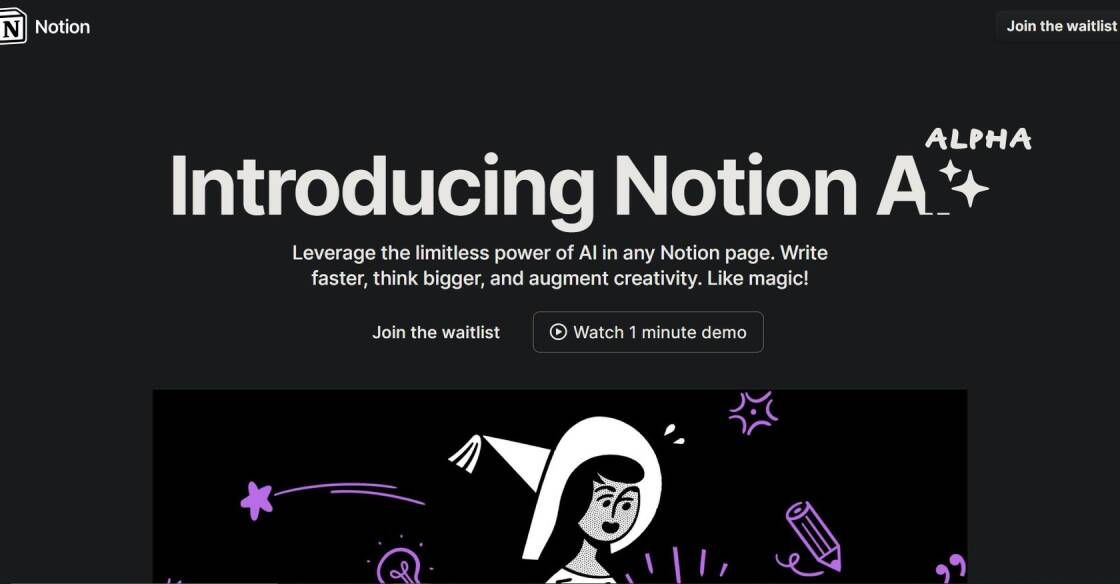
Notion AI
Leverage the limitless power of AI in any Notion page. Write faster, think bigger, and augment creativity. Like magic!

Remove.bg
Remove Background from Image for Free – remove.bg
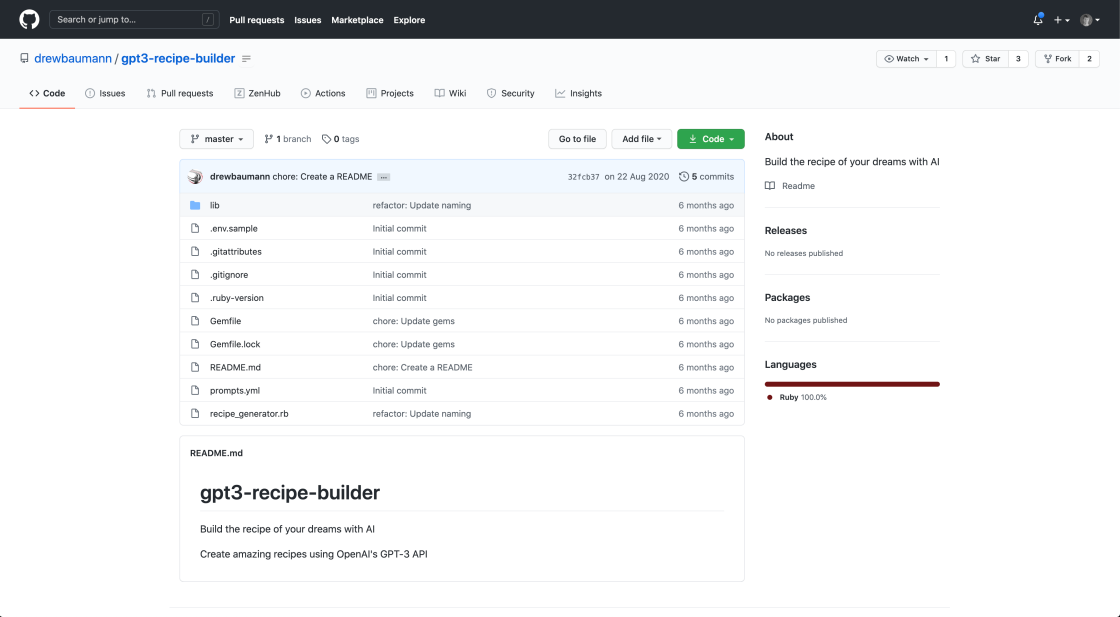
GPT-3 Recipe Builder
Generating Cooking Recipes with OpenAI's GPT-3 and Ruby

GPT-3 Alzheimer
Predicting dementia from spontaneous speech using large language models | PLOS Digital Health
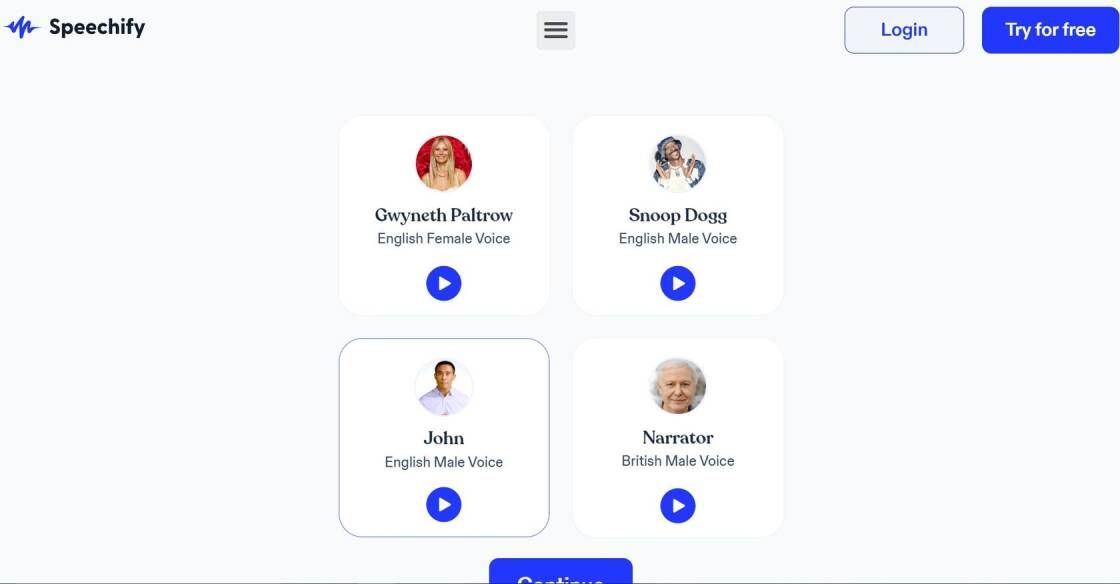
Speechify
Best Free Text To Speech Voice Reader | Speechify
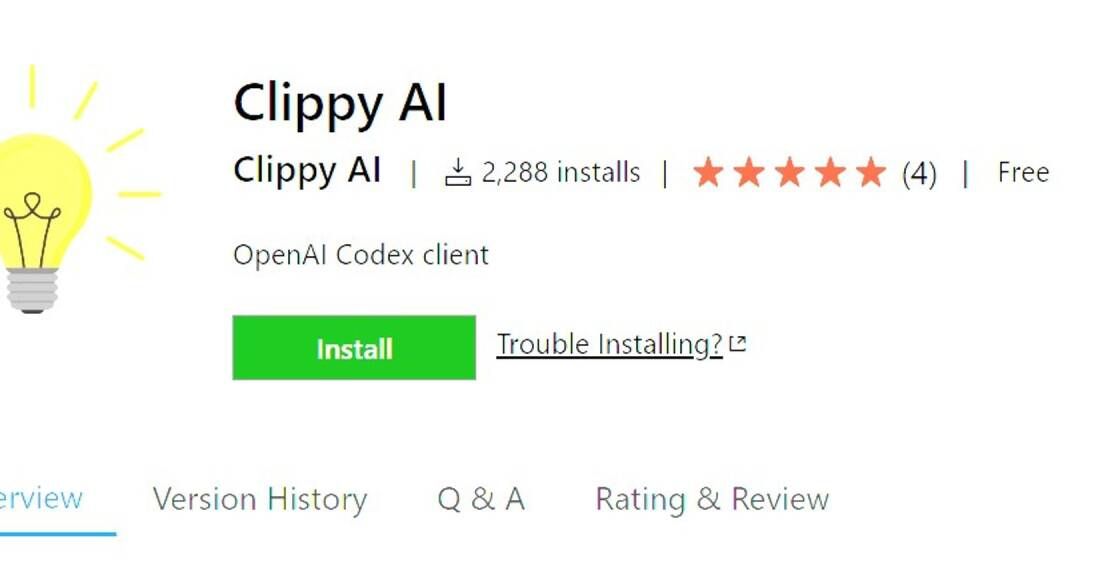
Clippy AI
AI-Powered Writing Assistant
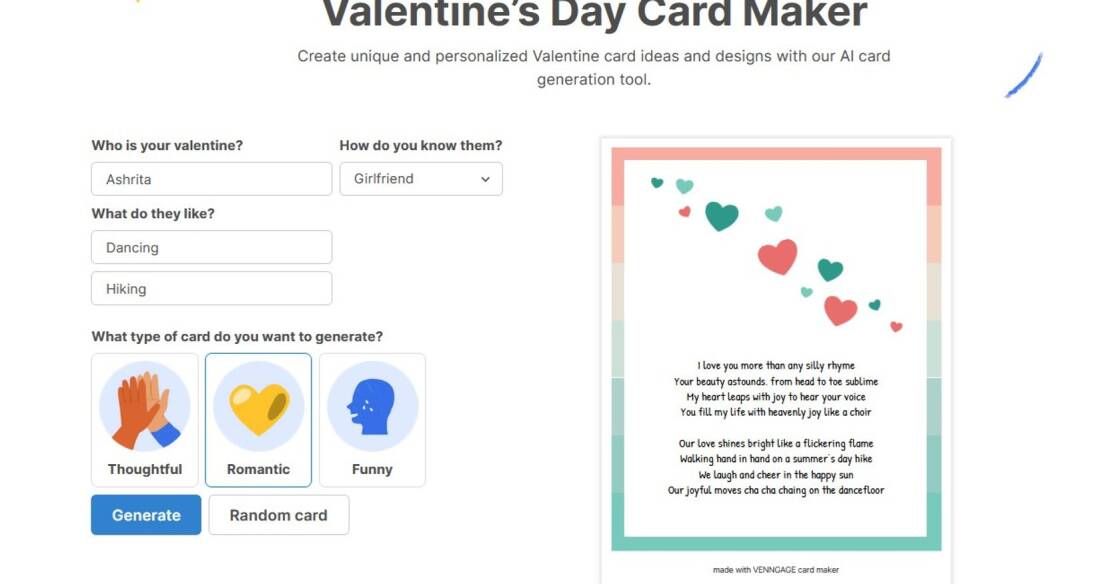
Venngage
Valentine’s Day Card Maker

Erase.bg
Free Background Image Remover: Remove BG from HD Images Online - Erase.bg
GPT-Minus1 is a revolutionary tool that has been designed to trick AI chat detection systems. This tool aims to tackle the growing concern of privacy breaches and surveillance by offering a way to communicate without being detected. The tool allows for natural language conversations, which cannot be easily traced by AI chat detection systems. It is capable of bypassing filters and detecting patterns in text messages, thereby protecting the privacy of its users. The tool is also useful for those who want to keep their identity anonymous while communicating online. With the increasing use of AI chat detection systems, this tool is becoming more relevant than ever before, as it provides a way to bypass these systems and maintain privacy. Moreover, GPT-Minus1 is cost-effective and user-friendly, making it a suitable option for individuals and businesses alike. This paper explores the features and benefits of this revolutionary tool, and how it can be used to protect privacy and secure sensitive information.
GPT-Minus1 is a tool that aims to deceive AI chat detection by generating text that appears human-like.
GPT-Minus1 uses machine learning algorithms to generate text that mimics human language, making it difficult for AI chat detection to determine if the text is generated by a human or machine.
GPT-Minus1 can be used to bypass content moderation systems that rely on AI chat detection, enabling users to post content that would otherwise be prohibited.
The legality of using GPT-Minus1 depends on the intended use of the tool. While using the tool to bypass content moderation systems may be illegal, using it for research or educational purposes is generally permissible.
Yes, GPT-Minus1 can be used to generate spam messages that are difficult to detect by AI chat detection systems.
Currently, there is no foolproof method to detect text generated by GPT-Minus1. However, researchers are working on developing new techniques to identify machine-generated text.
Yes, GPT-Minus1 can be used to generate fake news stories that appear to be written by humans, but are actually machine-generated.
GPT-Minus1 is considered one of the most advanced tools for generating human-like text. However, its accuracy may vary depending on the complexity of the text generated.
The potential risks associated with using GPT-Minus1 include spreading misinformation, facilitating cyberbullying, and violating content moderation policies.
Yes, there are ethical concerns associated with using GPT-Minus1, particularly when it is used to deceive others or violate their privacy. It is important to use the tool responsibly and ethically.
| Competitor | Description | Difference from GPT-Minus1 |
|---|---|---|
| OpenAI GPT-3 | A state-of-the-art language model that generates human-like text | GPT-3 is not designed to fool AI chat detection |
| Google BERT | Bidirectional Encoder Representations from Transformers - a language model for pre-training natural language data | BERT is not designed to fool AI chat detection |
| Amazon Comprehend | A natural language processing service that uses machine learning to find insights and relationships in text | Comprehend is not designed to generate fake text |
| Hugging Face Transformers | A library for state-of-the-art NLP models, including GPT-2 and BERT | Transformers do not focus on fooling chat detection |
| Microsoft Language Modeling | A deep learning-based language modeling toolkit | No specific feature to fool AI chat detection |
GPT-Minus1 is a tool that has recently gained attention in the AI community for its ability to deceive AI chat detection models. It is essentially a modified version of GPT-2, a language generation model developed by OpenAI. The key difference between GPT-2 and GPT-Minus1 is that the latter is designed to generate text that is difficult for machine learning algorithms to classify as human or machine-generated.
The goal of GPT-Minus1 is to create text that can pass as human-written, while at the same time avoiding detection by AI chat detection models. This tool is particularly useful for individuals who want to bypass automated chatbots or other AI-powered systems that may be used for customer service, fraud detection, or other purposes.
To achieve this goal, GPT-Minus1 uses a combination of techniques, including introducing slight grammatical errors, using less common words, and varying sentence structure. These techniques make it more difficult for AI models to detect patterns that are typically associated with machine-generated text.
However, it is important to note that GPT-Minus1 is not foolproof. While it can generate text that is difficult for AI models to classify, it is not guaranteed to work all the time. Additionally, as AI detection models become more sophisticated, it is likely that they will also become better at identifying text generated by tools like GPT-Minus1.
Overall, GPT-Minus1 is an interesting tool that highlights the ongoing cat-and-mouse game between developers of AI chat detection models and those who seek to bypass them. As AI continues to play an increasingly important role in our daily lives, it will be interesting to see how tools like GPT-Minus1 evolve and how AI models will adapt to these new challenges.
TOP